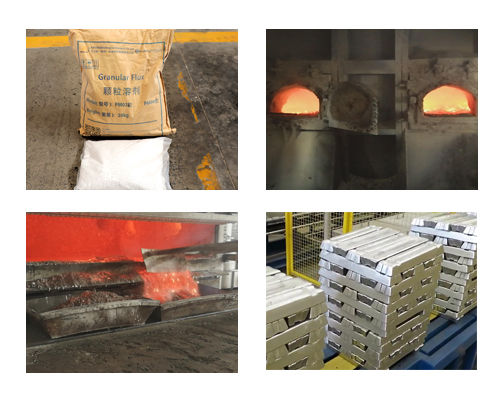The main purpose of molten aluminum degassing refining is to remove the gas dissolved in the molten metal.
In the process of heating and smelting aluminum alloys, both solid and liquid metals have a certain ability to absorb H2, O2, and other gases. This property of metals is called gettering, and it is one of the important melting characteristics of metals. The practice has shown that the gas existing in the metal in the state of adsorption, dissolution, and compounding has an adverse effect on the properties of the metal and alloy and the quality of the ingot.
The hydrogen dissolved in the alloy is the main cause of porosity, blistering and delamination of the sheet and strip, and even hydrogen embrittlement of the material. The inclusion of oxygen, nitrogen, and their compounds in the material will deteriorate the process and mechanical properties of the material. Therefore, another main task of smelting is to remove the gas dissolved in the molten metal. Understanding and mastering the method of degassing refining is the key to formulating the process of reducing metal gas absorption and degassing. It is of great significance for improving the quality of aluminum melt and obtaining qualified ingots.
There are three ways for molten aluminum degassing refining: one is gas atoms diffuse to the surface of the metal, and then escape from the adsorption state; the second is to remove from the metal melt in the form of bubbles; the third is to form compounds with the elements added to the metal. Excluded in the form of non-metallic inclusions. Most of these compounds do not create pores in the metal ingot.
In order to obtain a metal melt with low gas content, on the one hand, it is necessary to carefully prepare the material, strictly control the temperature, quickly melt, and adopt measures such as covering agent to reduce gas absorption. The gas in the metal is reduced to the lowest possible level.

